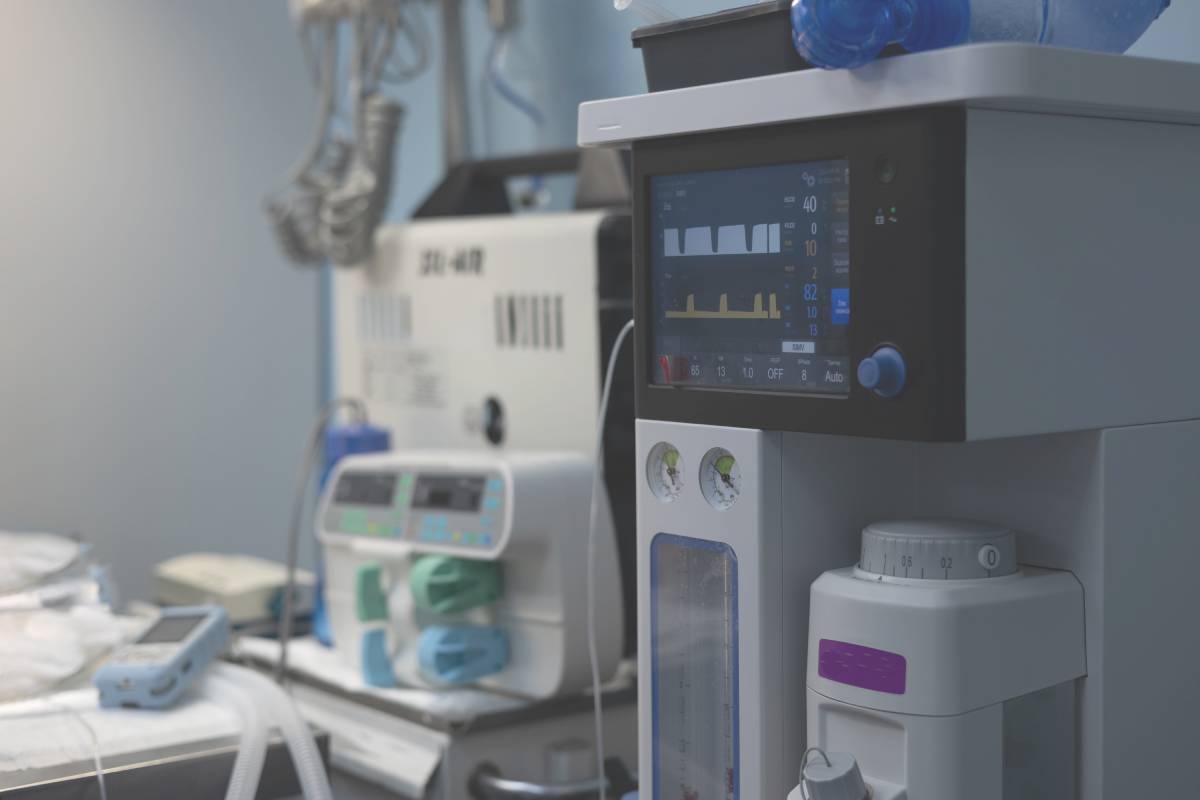General anesthesia has long been a cornerstone of surgical practice, providing a state of unconsciousness and insensitivity to pain during procedures. However, as medicine evolves, there is growing interest in reducing the use of general anesthesia. This shift is driven by a combination of patient safety, recovery times, and advances in alternative techniques. Understanding the motivations and methods behind this shift can benefit both patients and healthcare providers.
While general anesthesia is generally safe, it is not without risks. Complications can arise, including respiratory issues, cardiovascular events, and postoperative cognitive dysfunction, particularly in older adults. The latter can lead to prolonged recovery times and diminished quality of life. Additionally, some patients may experience anxiety about being unconscious during surgery, further complicating their preoperative experience. The emergence of patient-centered care emphasizes the importance of minimizing risks wherever possible. Reducing the use of general anesthesia aligns with this principle, allowing for tailored approaches that prioritize patient safety and comfort.
One effective strategy for reducing general anesthesia is the increased use of regional anesthesia techniques, such as epidurals or nerve blocks. These methods target specific areas of the body, providing effective pain relief while allowing patients to remain awake or lightly sedated. For many procedures, such as orthopedic surgeries or cesarean sections, regional anesthesia can be a viable alternative that minimizes systemic risks.
Another approach is the use of sedation techniques that keep patients relaxed and comfortable without the need for full unconsciousness. Conscious sedation, often employed in dental procedures or minor surgeries, allows patients to respond to verbal cues while experiencing diminished anxiety and pain.
Meticulous preoperative assessments allow clinicians to distinguish patients that are better suited for general anesthesia versus other approaches. This includes comprehensive assessments of a patient’s medical history, current health status, and potential surgical risks. By identifying patients who may be at higher risk for complications from general anesthesia, healthcare providers can develop individualized plans that may include alternative anesthesia techniques or additional supportive measures. Patient education plays a crucial role in this process. Informing patients about their options and encouraging open discussions with their surgical teams can lead to more informed decisions regarding anesthesia. Engaged patients who understand their choices are often more comfortable with alternative approaches.
Technological advancements are also contributing to the reduction of general anesthesia use. Improved monitoring systems and anesthetic agents enable providers to achieve deeper levels of sedation more safely and efficiently. For example, the development of shorter-acting anesthetics allows for quicker recovery times and better titration of anesthesia depth. Furthermore, enhanced recovery after surgery (ERAS) protocols emphasize minimizing opioid use and promoting early mobilization, which can help facilitate a faster recovery and reduce the necessity for general anesthesia.
The movement toward reducing the use of general anesthesia reflects a broader commitment to patient safety and tailored care. By embracing alternative anesthesia techniques, optimizing preoperative assessments, and leveraging technological innovations, the medical community can offer safer, more effective options for patients.
